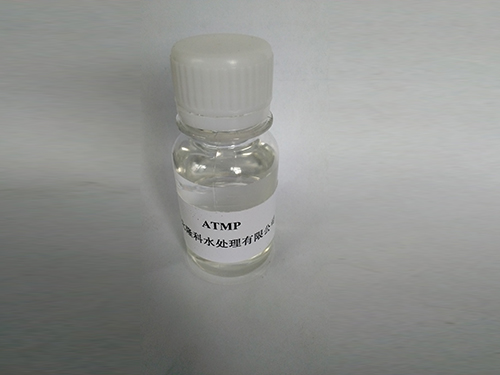Chloromethyl Isothiazolinone Applications and Safety Considerations in Industrial Use
The Role and Impacts of Chloromethyl Isothiazolinone in Modern Applications
Chloromethyl isothiazolinone (CMI) is a synthetic biocide widely used in numerous industrial and consumer products, especially as a preservative in personal care items, cleaning products, and paints. Its primary function is to prevent the growth of harmful microorganisms such as bacteria, fungi, and algae, which can spoil products and pose health risks. Understanding the properties, applications, and potential effects of chloromethyl isothiazolinone is crucial for manufacturers, consumers, and regulatory bodies.
Chemical Properties and Mechanism of Action
Chloromethyl isothiazolinone is a small organic molecule characterized by its distinctive isothiazolinone structure, which imparts its biocidal properties. It disrupts cellular functions in microorganisms by interfering with their enzymatic processes and triggering oxidative stress. This mechanism effectively inhibits microbial growth, thereby extending the shelf life of products containing CMI.
Applications in Industry
CMI is predominantly used in the formulation of many everyday products. In personal care products, such as shampoos, lotions, and cosmetics, it acts as a preservative, ensuring that products remain free from microbial contamination over time. In the industrial sector, CMI is incorporated in paints, adhesives, and coatings to prevent biogrowth during storage and application. Additionally, it is utilized in various household cleaning products, contributing to their effectiveness in maintaining hygiene by inhibiting unwanted microbial growth.
Safety and Regulatory Considerations
chloromethyl isothiazolinone

Despite its widespread use, chloromethyl isothiazolinone has raised safety concerns in recent years. Some studies suggest that CMI can cause skin sensitization and allergic reactions in susceptible individuals. The cosmetic industry, in particular, has seen increased scrutiny regarding the safety of preservatives, leading to the limited use of CMI in leave-on products. Regulatory bodies in many regions have imposed restrictions on the concentration of CMI in consumer goods due to these concerns.
The European Union, for example, has classified it as a substance of very high concern within the REACH (Registration, Evaluation, Authorisation and Restriction of Chemicals) framework. As a result, many manufacturers are opting for alternatives to ensure compliance with safety regulations while appealing to consumers increasingly wary of potential allergens and irritants.
Alternatives and Future Directions
In light of the growing concerns surrounding chloromethyl isothiazolinone, the search for safer and more effective preservatives has intensified. Natural alternatives, such as essential oils, plant extracts, and traditional preservatives like phenoxyethanol, are gaining traction as consumers demand products that are both effective and less likely to cause adverse reactions. These alternatives, while often perceived as safer, also come with their challenges, such as sourcing, stability, and efficacy.
Conclusion
Chloromethyl isothiazolinone plays a significant role in various products, ensuring microbial stability and prolonging shelf life. However, its safety profile has prompted the need for careful consideration by both manufacturers and consumers. As the industry moves toward more environmentally friendly and safer formulations, the future may see a gradual decline in the use of CMI and a simultaneous rise in innovative alternatives. Balancing efficacy with safety will remain a critical goal for the preservation of quality and consumer trust in the ever-evolving marketplace.
-
Water Treatment with Flocculant Water TreatmentNewsJun.12,2025
-
Polymaleic AnhydrideNewsJun.12,2025
-
Polyaspartic AcidNewsJun.12,2025
-
Enhance Industrial Processes with IsothiazolinonesNewsJun.12,2025
-
Enhance Industrial Processes with PBTCA SolutionsNewsJun.12,2025
-
Dodecyldimethylbenzylammonium Chloride SolutionsNewsJun.12,2025





